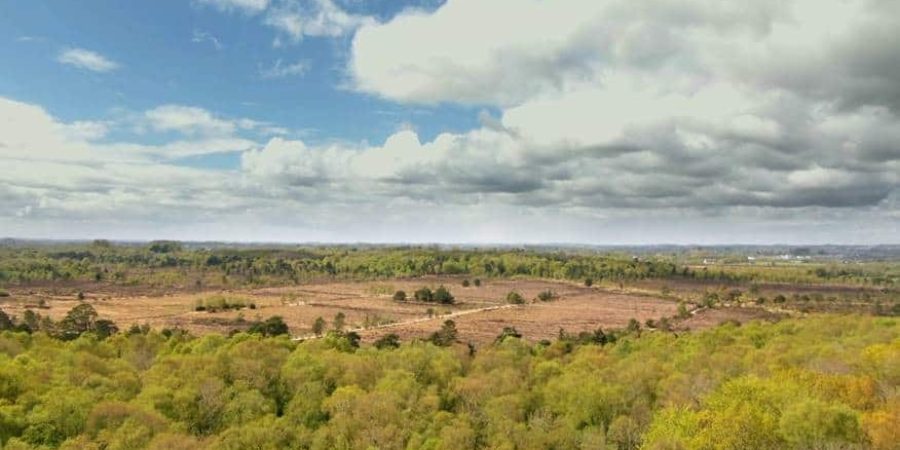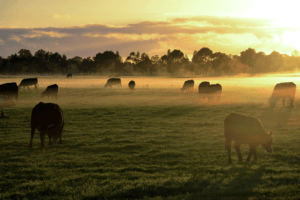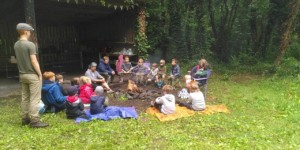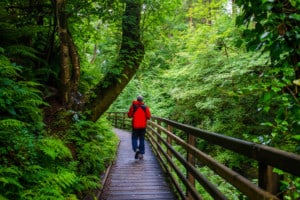Air pollution is recognised as a major cause of biodiversity loss UK-wide affecting a range of habitats and species, including at sensitive, protected sites. Learn how air pollution is affecting these sites in Northern Ireland and how it’s being managed.
The kinds of habitats that are affected
Department of Agriculture, Environment and Rural Affairs (DAERA) is legally required to protect these sites and improve their biodiversity. Many of the sensitive habitats affected by air pollution are peatlands. Peatlands act as natural stores of carbon and therefore help to reduce the impact of climate change. Other habitats such as species-rich grasslands and woodlands are also impacted by air pollution.
- Biodiversity is all the different kinds of life you’ll find in one area and includes the variety of animals, plants, fungi and even microorganisms like bacteria that make up our natural world. Each of these species and organisms work together in ecosystems, like an intricate web, to maintain balance and support life.
Air pollution and Nitrogen
Most of our nitrogen-sensitive habitats are receiving more nitrogen air pollution than they can tolerate. This pollution comes in the form of ammonia, and nitrogen oxides. They can either cause direct damage to plant cells, causing plants to die, and they can also have serious, harmful effects on species diversity.
The picture below shows some healthy Sphagnum Moss (left) versus a sample that has been damaged by air pollution (right). Sphagnum plants are the building blocks of peatland: peat is formed from naturally decomposed Sphagnum and other plant remains.
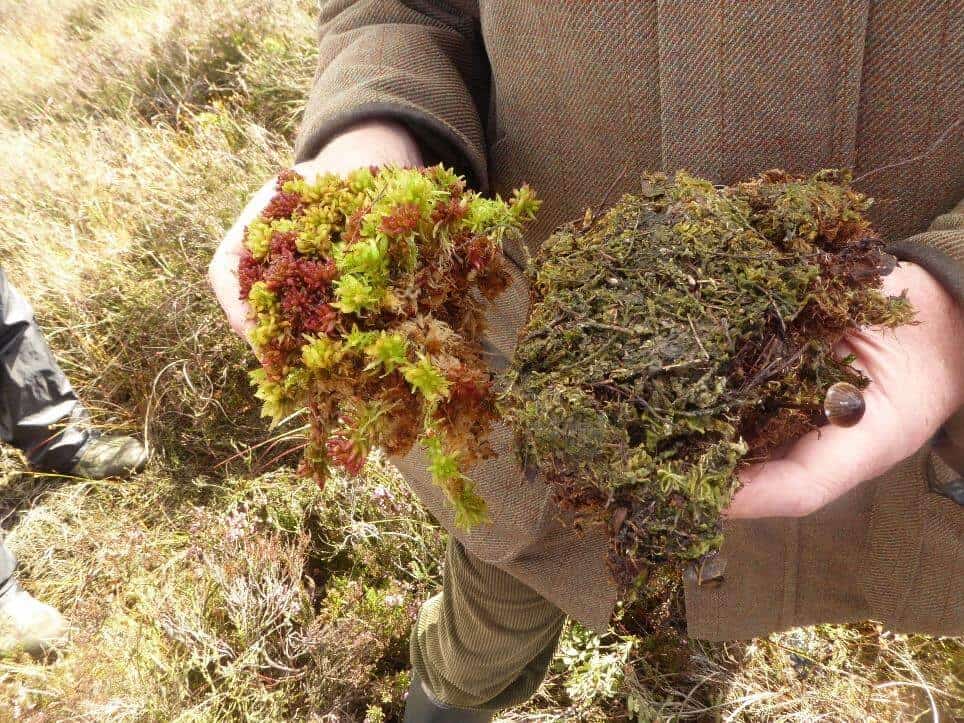
The following two pictures show healthy Cladonia Lichen (left) versus unhealthy lichen (right) which has been covered with nitrogen-loving algae.
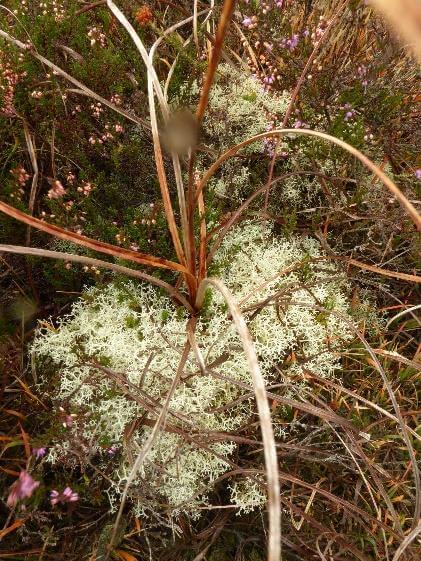
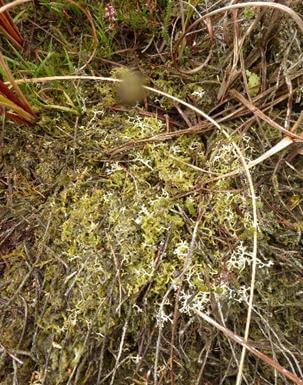
Ammonia
Ammonia is a colourless gas and a compound of nitrogen and hydrogen with the chemical formula NH3. Ammonia is emitted into the air as a result of many agricultural activities such as the housing of livestock, the storage and spreading of animal manures and slurries, and the use of chemical fertiliser.
Ammonia emissions have caused this tree trunk to become covered with nitrogen-loving algal slime:
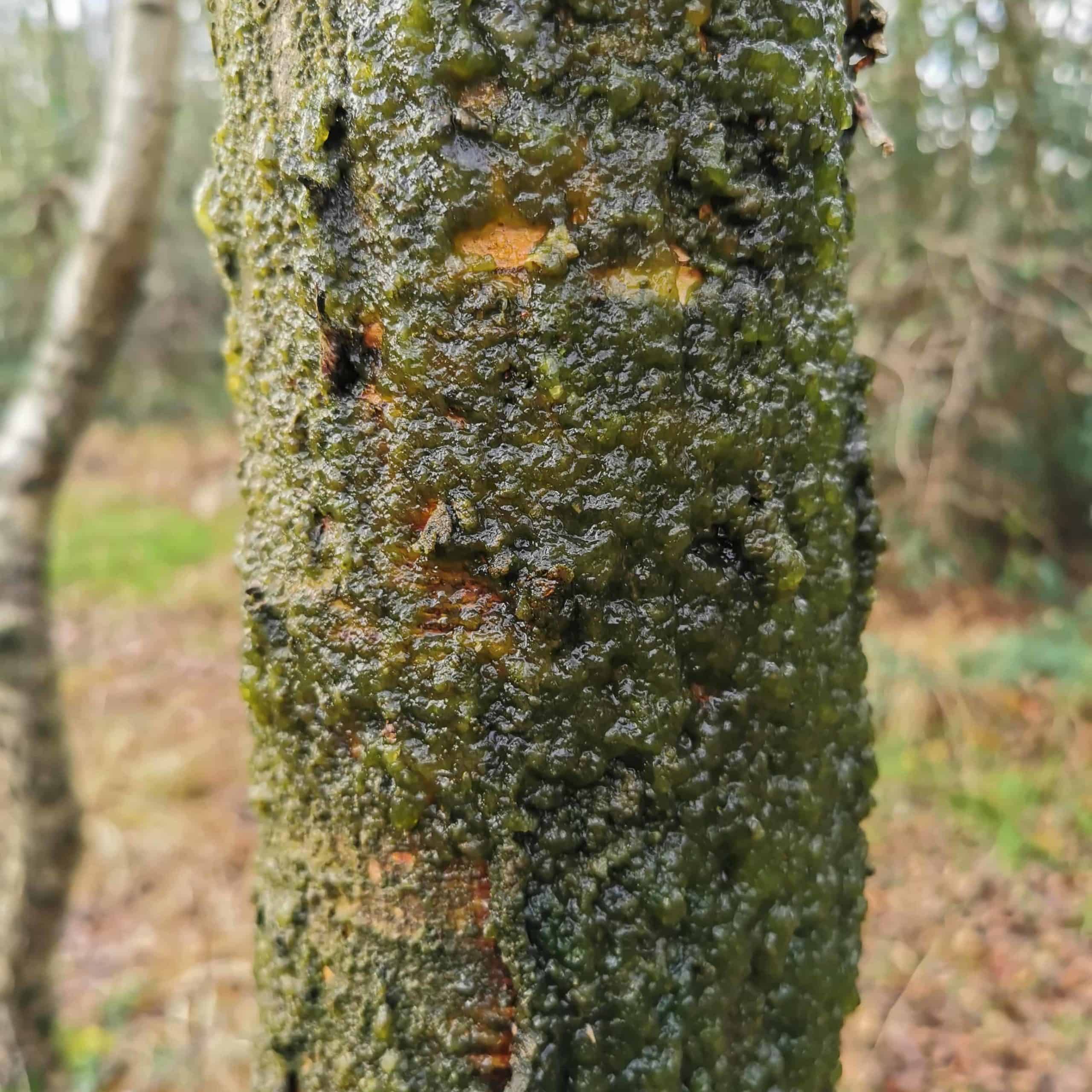
Nitrogen Oxides
The Nitrogen Oxides (NOx) are a ‘family’ of gases made when nitrogen combines with oxygen. NOx are produced as a by-product when fuel is burned, and they are emitted from the exhausts of road vehicles. NOx damages plant health and can lead to excess nitrogen levels being deposited on sensitive habitats. Excess nitrogen levels can lead to a loss in biodiversity.
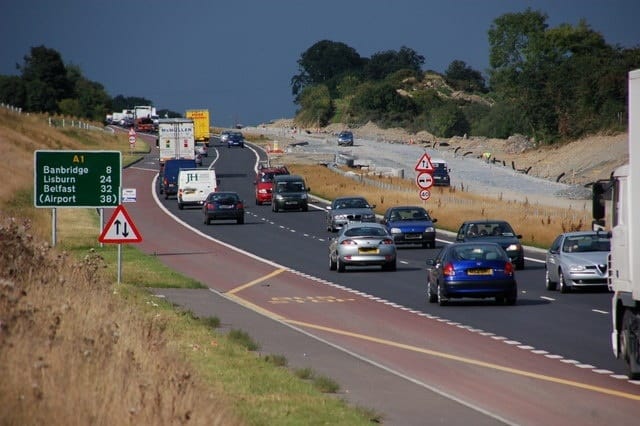
How biodiversity is affected
These pollutants contain nitrogen. Nitrogen is a nutrient that is critical to our agricultural systems and food production, but excess nitrogen can damage biodiversity. This is because many of the plants found in our most sensitive sites, like lichens and mosses, have adapted to grow in nutrient-poor soil. Introducing too much nutrient nitrogen means that other plants will start to grow there that would normally not be able to. This leads to the native plants dying out.
Biodiversity is also affected when these air pollutants directly damage and kill native species.
Why biodiversity is important
Biodiversity supports healthy ecosystems that we rely on for many things: water, pollination, soil stability and food. Biodiversity is a key component in our fight against climate change. Deterioration of ecosystems often leads to increased carbon emissions – in Northern Ireland, this is particularly true of peatlands, which have been absorbing and storing carbon from the air over thousands of years. Biodiversity is a key part of our sense of identity and culture, too – the animals and plants that we associate with ‘nature’, our countryside and landscape.
The plants and animals in an ecosystem are all inter-dependent. Losing even one species has consequences for all the life that is present there.
The air at the location below is clean and free from nitrogen compounds. You can see healthy lichens growing on this tree branch – this is what we should expect in a mild, damp climate like Northern Ireland.
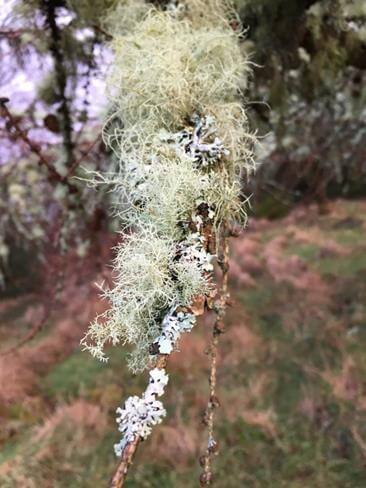
Managing the problem
Northern Ireland Environment Agency (NIEA) works in partnership with NI Agri Food Biosciences Institute (AFBI), Ulster Wildlife, and the UK Centre for Ecology and Hydrology, to assess air quality at many key locations on sensitive sites. As well as monitoring air pollutants, they also look at the health of the native plant species. Work is underway to see how to limit nitrogen air pollutants and improve the resilience of sensitive sites, in order to support a healthy environment and enhance biodiversity in Northern Ireland.
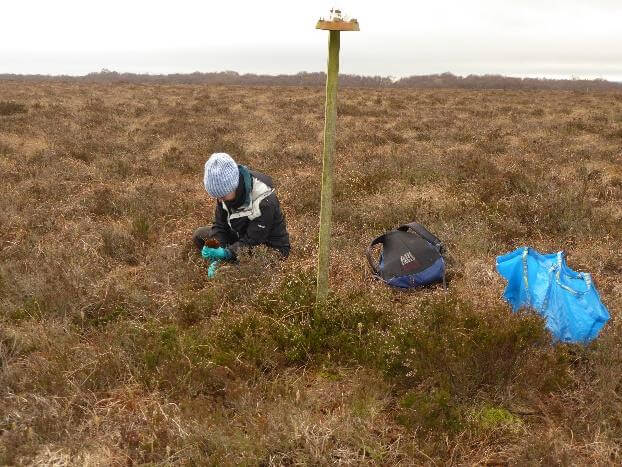
Useful links
Bringing biodiversity to a Bangor community garden has tips on how you can create a colourful and insect friendly biodiverse space.
Should you be worried about air pollution in Northern Ireland?
What are the effects of air pollution on the human body? explains the short term and long term effects.
